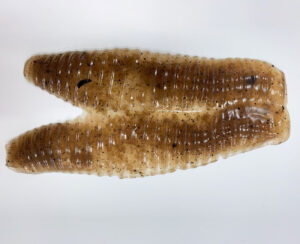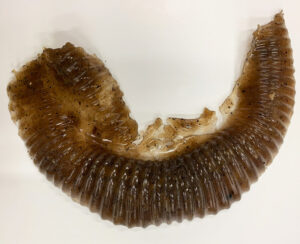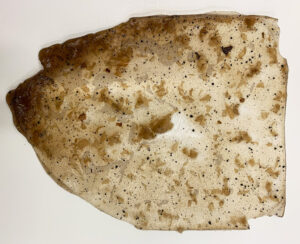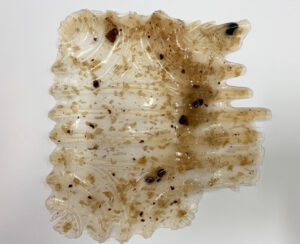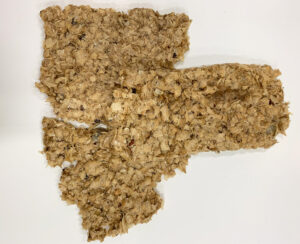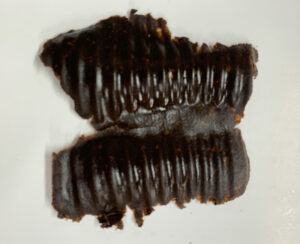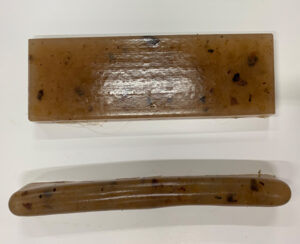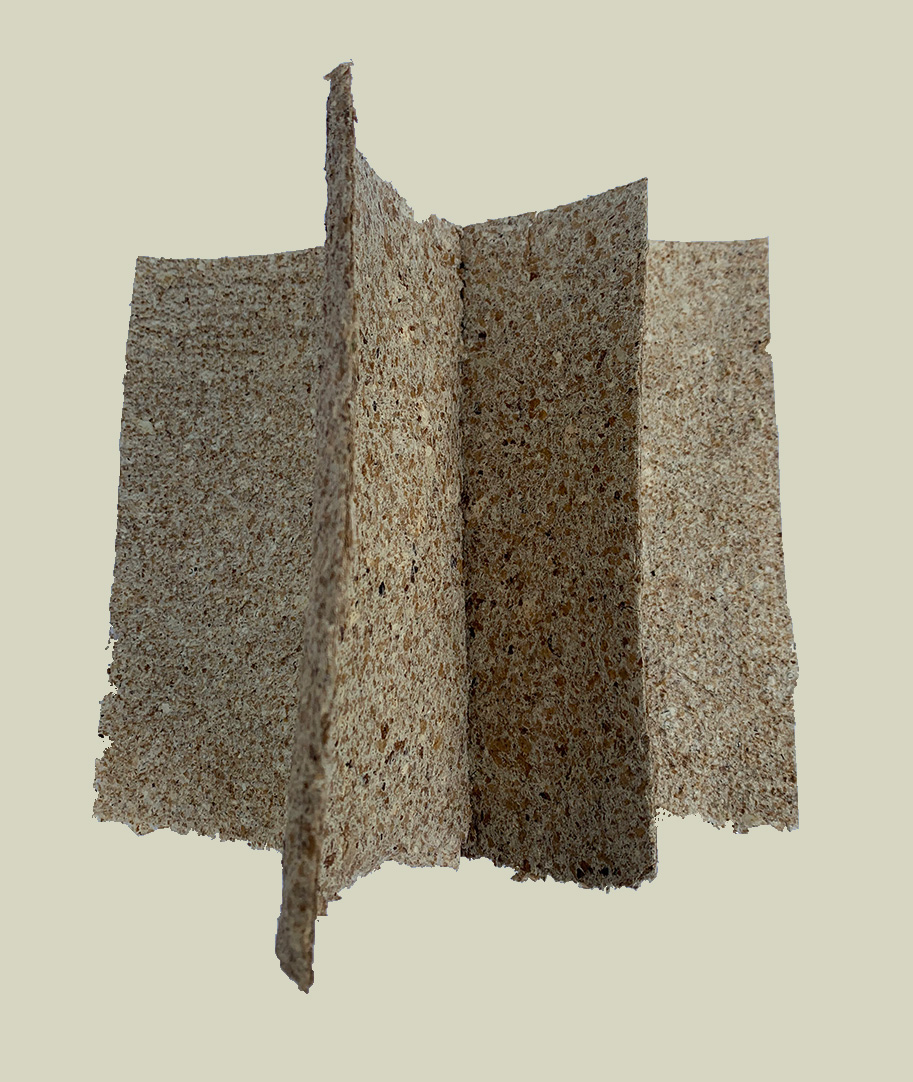Bioma-coffee™ I
In the 2022/23 period, global coffee production reached 10.2 million metric tons, with over 90% ending up as waste. With coffee consumption rising, this leads to significant residues. Only 9.5% of coffee cherries become the beans we drink—the rest, over 90%, is by-product that often goes to waste. Yet, these by-products are ripe for reuse in renewable energy, animal feed, compost, and other valuable materials. Current disposal methods, such as landfills or dumping in water bodies, harm the environment, highlighting an urgent need for sustainable waste management in the coffee sector.
BIOMA.COFFEE™ is the fruit of my doctoral research in Regenerative Sustainability at Central Saint Martins. Since 2018, I’ve been turning coffee processing by-products into innovative bio-based materials. The BIOMA.COFFEE™ series 1 through 4 display the evolution and upcycling of coffee waste into products like paper, bio-bricks, and ceramics. Presently, we’re engaging with potential partners to refine and expand the use of these materials, particularly for composite applications.
The images below display the initial bio-based material prototypes crafted during my early experimentation sessions at Central Saint Martins in London in 2019.
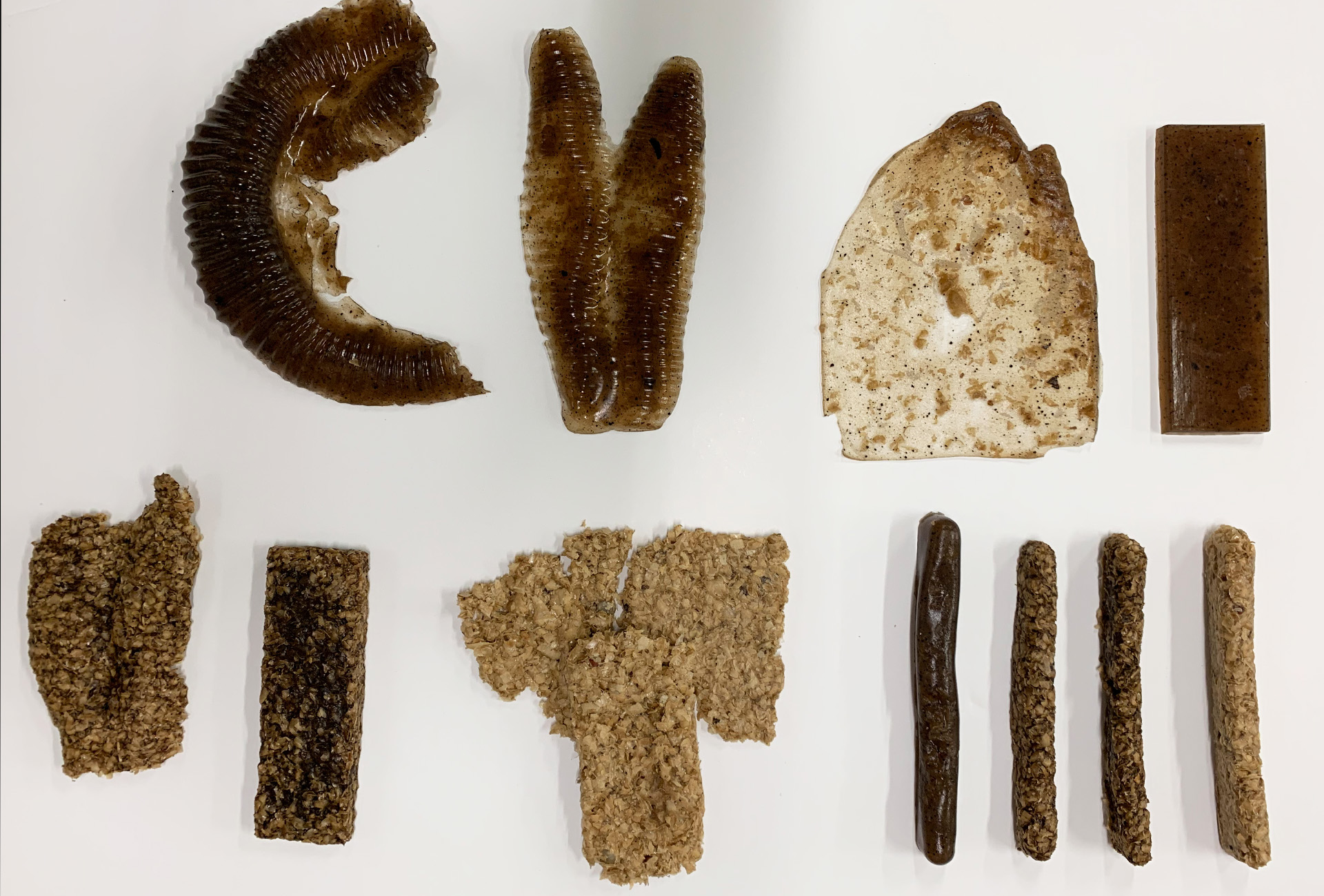
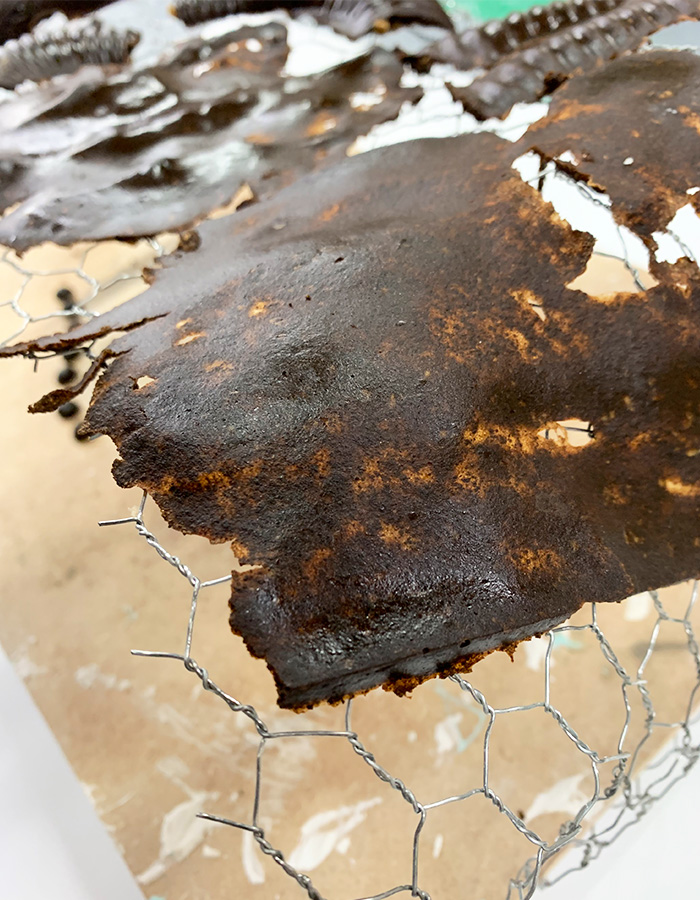
In these experiments, coffee waste underwent a basic biomaterial process emulating conditions at a Colombian coffee farm. My research applies regenerative agricultural methods to biomaterial development, prioritizing water conservation, the use of biodegradable additives, and reducing heat during processing.
